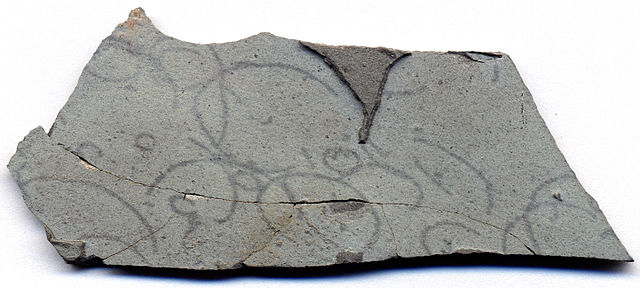
By Jim Brace-Thompson
Life crossed a crucial threshold when it moved from formless, unicellular critters to the many forms of multicellular life we see today—an evolutionary task once seen as supremely complex and complicated.
But, per Ben Kerr (an evolutionary biologist at the University of Washington) “We are beginning to get a sense of how it might have occurred” 2.5 to 3 billion years ago when coil-shaped fossils of blue-green algae dubbed Grypania spiralis left their trace in the fossil record.
Scientists are unraveling the mysteries involved in moving from single-celled organisms to the vast array of multi-celled critters all around us, from 4-celled algae to humans with some 37 trillion cells, and it doesn’t seem as difficult as once imagined.
Researchers have recently gotten single-celled yeast to evolve multicellularity in the lab in just five simple steps—steps that may have led to the diversity of life we see today.












